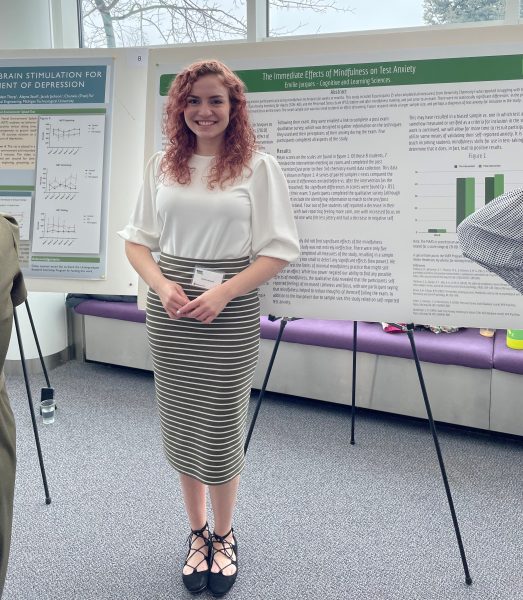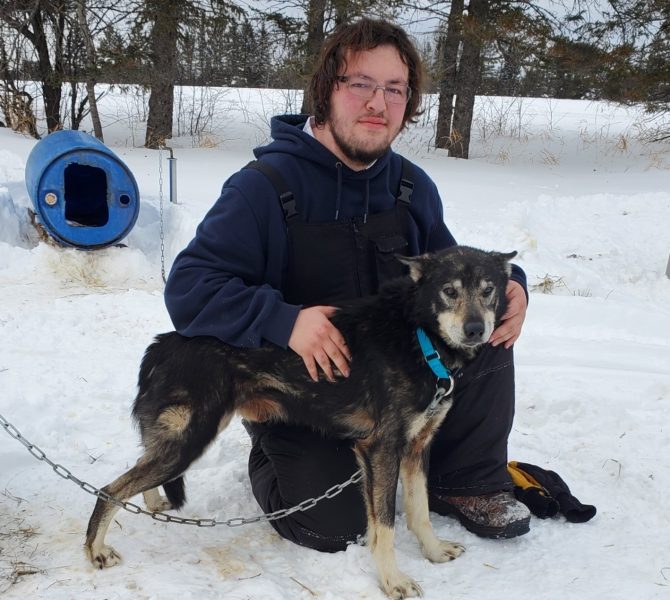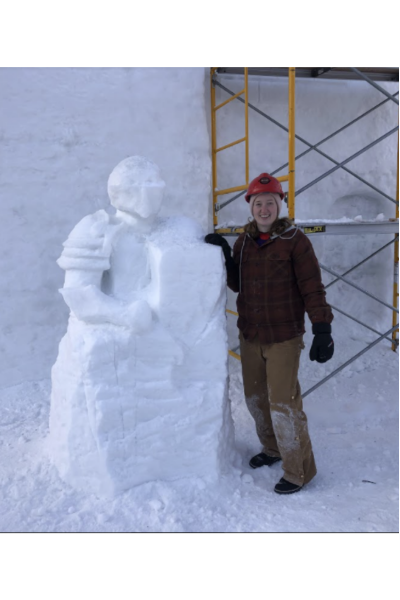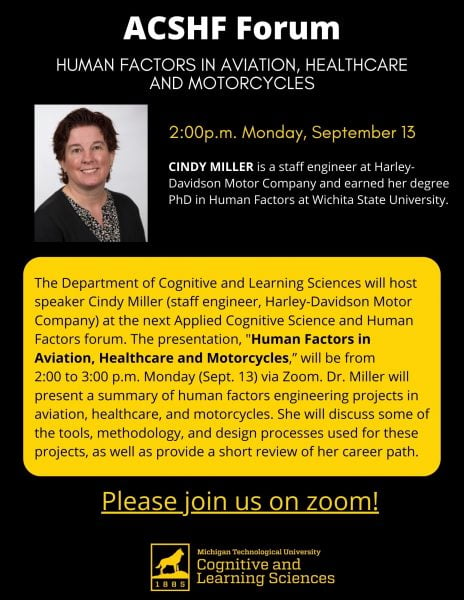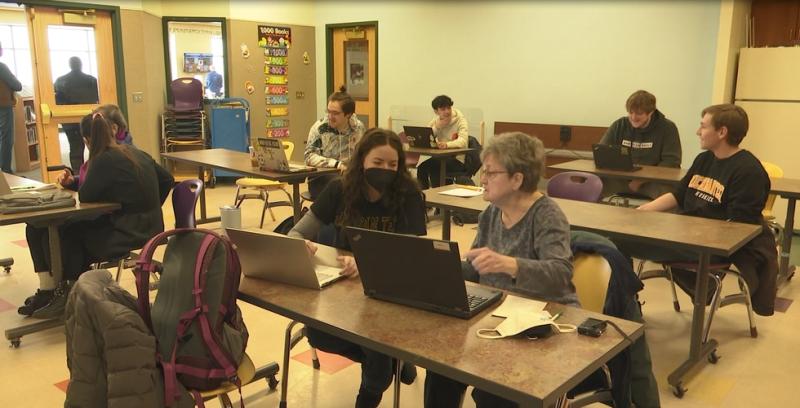
From WLUC-TV6. Published March 26, 2022.
HOUGHTON, Mich. (WLUC) – Since 2018, Michigan Tech University senior Mitchell Eckstrand has come to the Portage Lake District Library to help people in Houghton with computers. It is something he has enjoyed doing almost every weekend.
“If I can do my part to help other people feel more comfortable with their devices or other tasks that they’re doing on their computer, {then} it’s rewarding for me,” said Eckstrand.
These tutoring sessions are part of BASIC, which stands for Building Adult Skills In Computing. For at least 11 years, MTU professors and students have helped community members understand technology.
MTU faculty members Charles Wallace (CS/ICC-HCC, CompEd) and Kelly Steelman (CLS/ICC-HCC) direct the volunteer program.
“Sometimes, it’s questions they don’t know about,” said Chuck Wallace, an Associate Professor of Computer Science. “Sometimes, it’s problems with existing technology. But, we take them on one-on-one and work together with them.”
Saturday, marked the first in-person session in two years.
Besides regular computers, people get help with their tablets, phones, and even Chromebooks.
“Having some Chromebooks here for people who don’t have those is a really great way for people to be able to try out some more portable technology,” said Kelly Steelman, an Associate Professor of Human Factors and Psychology. “So, they might consider whether they want to get something like that for themselves.”
The program also helps those who are anxious about asking technological questions.
“As the pace of technology progresses,” Steelman explained, “it’s more of a common discussion that everybody needs help and will need help at some point.”
Eckstrand says those he and his peers help are not the only ones who learn something new.
“A lot of times, I’ll get questions that I don’t know the answer to, and then we’ll work together to figure out the problem,” he stated. “I learn a lot of things, too that I probably would have never known had I not been involved in this program.”
The BASIC sessions will continue helping others gain technological knowledge until the end of April, before starting again in September. They are open to anyone in the community, and no sign-ups are necessary. The free sessions are on Saturdays from 11:00 a.m. to 1:00 p.m. at the Portage Lake District Library’s Community Room.
Copyright 2022 WLUC. All rights reserved.





